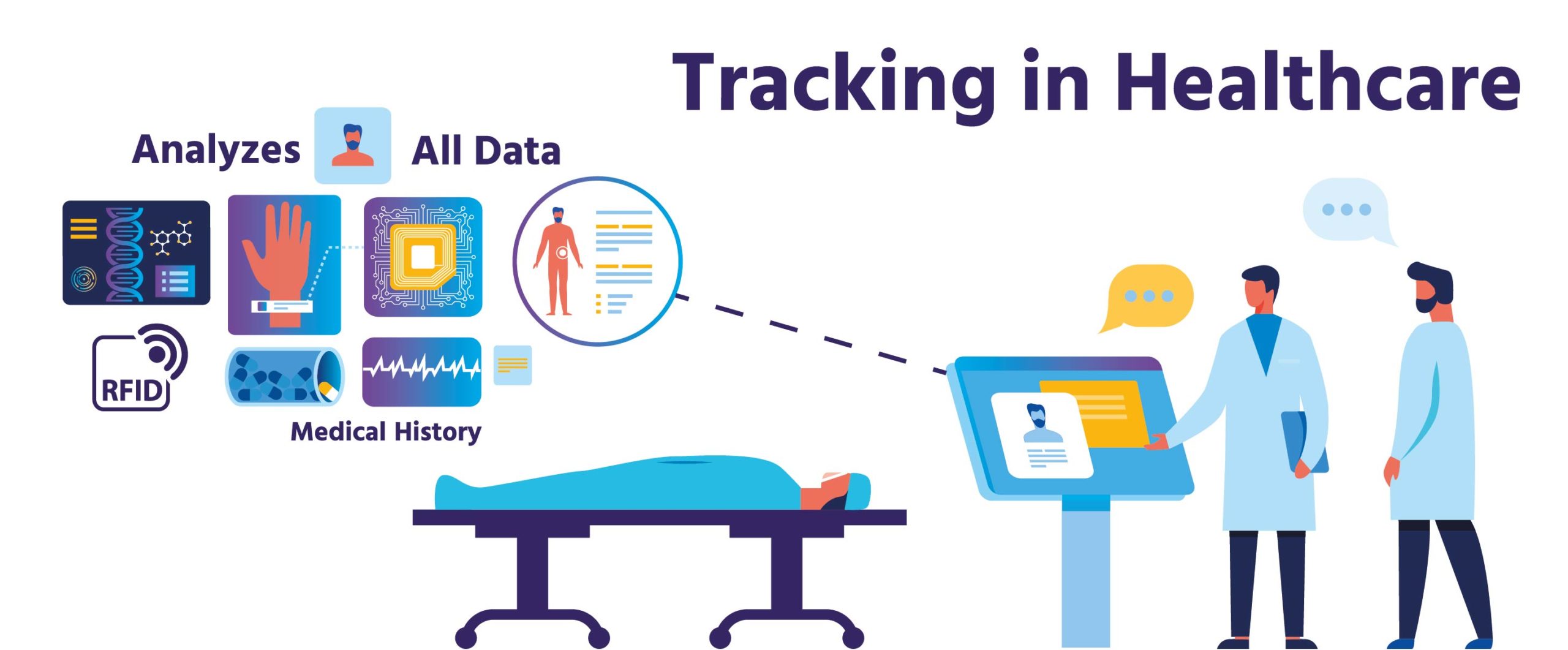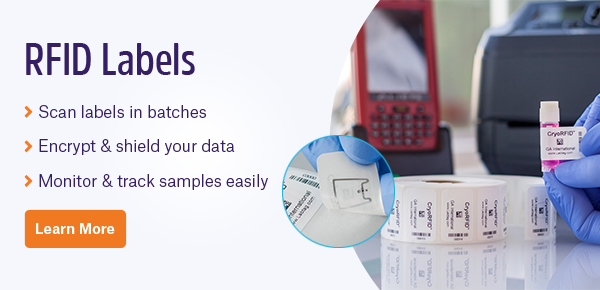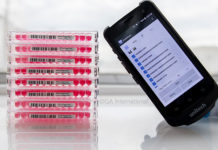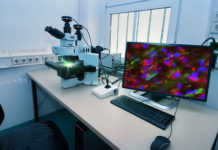
The integration of radio-frequency identification (RFID) technology in the healthcare sector has shown that administrators believe RFID has the power to improve tracking and reduce identification errors. Indeed, RFID can effectively speed up identification processes and increase reliability across many sectors, saving organizations time and money by providing real-time traceability, enhanced identification and communication, as well as location data for people and resources. To fully understand how RFID affects healthcare, it’s worth discussing both its benefits and limitations in both in-patient and out-patient settings.
Benefits of RFID
RFID offers various benefits to the healthcare industry regarding patient safety, specimen tracking, efficient patient care, and provider satisfaction. RFID labels and tags used to authenticate patient identity and medical staff can reduce misidentification issues during interventions such as blood collection. A study evaluating the efficiency of RFID technology in preventing medical errors found that RFID could correctly identify medical staff, patient ID, medication, and blood sampling data in real-time and effectively differentiate individuals and medications. This improved patient identification verification and reduced instrument loss from 0.146% to 0.089%1. Threshold monitors can also improve patient safety by tracking wandering patients and matching newborns to their mothers, thus preventing medication mix-ups and alerting staff to abductions.
RFID can also improve the efficiency of care through automatic real-time tracking1. Since RFID tags can track large amounts of data wirelessly without directly connecting to a reader, they can be programmed to acquire and share data automatically, including specimen receipt/transfer information, inventory management data, and patient info. This benefits the healthcare supply chain, as RFID provides rapid, efficient, and accurate data tracking for supply chain personnel, as well as improved data accuracy and reduced time spent on administrative duties. The instantaneous data collection afforded by RFID helps keep track of perishable products and sends alerts when there are changes in storage temperatures, the expiration date of reagents has passed, or when stocks are low.
A recent study on the impact of RFID on patient care found that RFID medication carts cut the time allocated for medication administration by 61.5%. Blood collection times were also reduced by 67% using RFID carts while also providing real-time information to families in the waiting area on their loved one’s location, thus improving service quality.
Potential Limitations
Although RFID technology has a promising future in healthcare, certain barriers may impede its implementation. These fall under economics, technical, organizational, and legal categories, all of which must be adequately addressed to ensure successful implementation. The most immediate challenge associated with RFID implementation is cost. While current labeling solutions using barcodes typically cost around four cents per tag, RFID tags can be upwards of $50.00 per tag, depending on their capabilities. To wit, RFID tags are reusable, though re-encoding tags is associated with additional costs for standardized cleaning prior to re-use. The small and lightweight nature of RFID tags also means they can easily be removed from the hospital by patients, resulting in additional costs for their replacement.
RFID carries with it some technical limitations as well, including potential signal interference from medical equipment, difficult interoperability with other health information technology, and limited RFID tag readability. As RFID hardware and software have yet to be standardized across the industry, interoperability remains an issue across providers. Moreover, false reads can be caused by interference in the electromagnetic field by medical equipment as well as other metallic objects, liquid, glass, and moist environments. Here, the reader’s placement remains key in ensuring the accurate transmission of information. As such, staff must remain aware of detection areas when administering medications and may need to calibrate the locating system equipment frequently. Unfortunately, this can be difficult, costly, and time-consuming when implementing the RFID system on a large scale. Staff must also buy-in for any RFID-based system to be successful. Nurses, in particular, need to understand the benefits of such a system to utilize it properly. A recent study showed that nurses were dissatisfied with the accuracy of RFID in locating equipment and patients and its inability to decrease search time for equipment. Therefore, improvements are still needed prior to large-scale adoption.
Future Prospects for Nursing & Research
RFID has the potential to improve patient safety through identification and real-time information transfer while allowing nurses to spend less time conducting administrative tasks. Furthermore, data on system errors and other potential problems can be collected and stored; this data can then be retrieved and analyzed relatively quickly for future cost-saving purposes, resulting in more efficient operations, less human error, and higher profits.
Security and privacy are distinct areas that would benefit most from further RFID research. As currently designed, the authentication phase (the phase where the reader interprets the data on the tag) leaves the system open to attacks or data theft. While previous studies have focused on authentication protocols to improve privacy and security, new research suggests that randomized keys and identifiers may prove beneficial. Furthermore, additional research on radio-frequency interference, including maximizing RFID transmission within institutional infrastructure, is needed to identify solutions to enhance RFID adoption.
LabTAG by GA International is a leading manufacturer of high-performance specialty labels and a supplier of identification solutions used in research and medical labs as well as healthcare institutions.
Reference:
- Florentino GH, et al. Hospital automation system RFID-based: technology embedded in smart devices (cards, tags and bracelets). Annu Int Conf IEEE Eng Med Biol Soc. 2008;2008:1455-1458.



